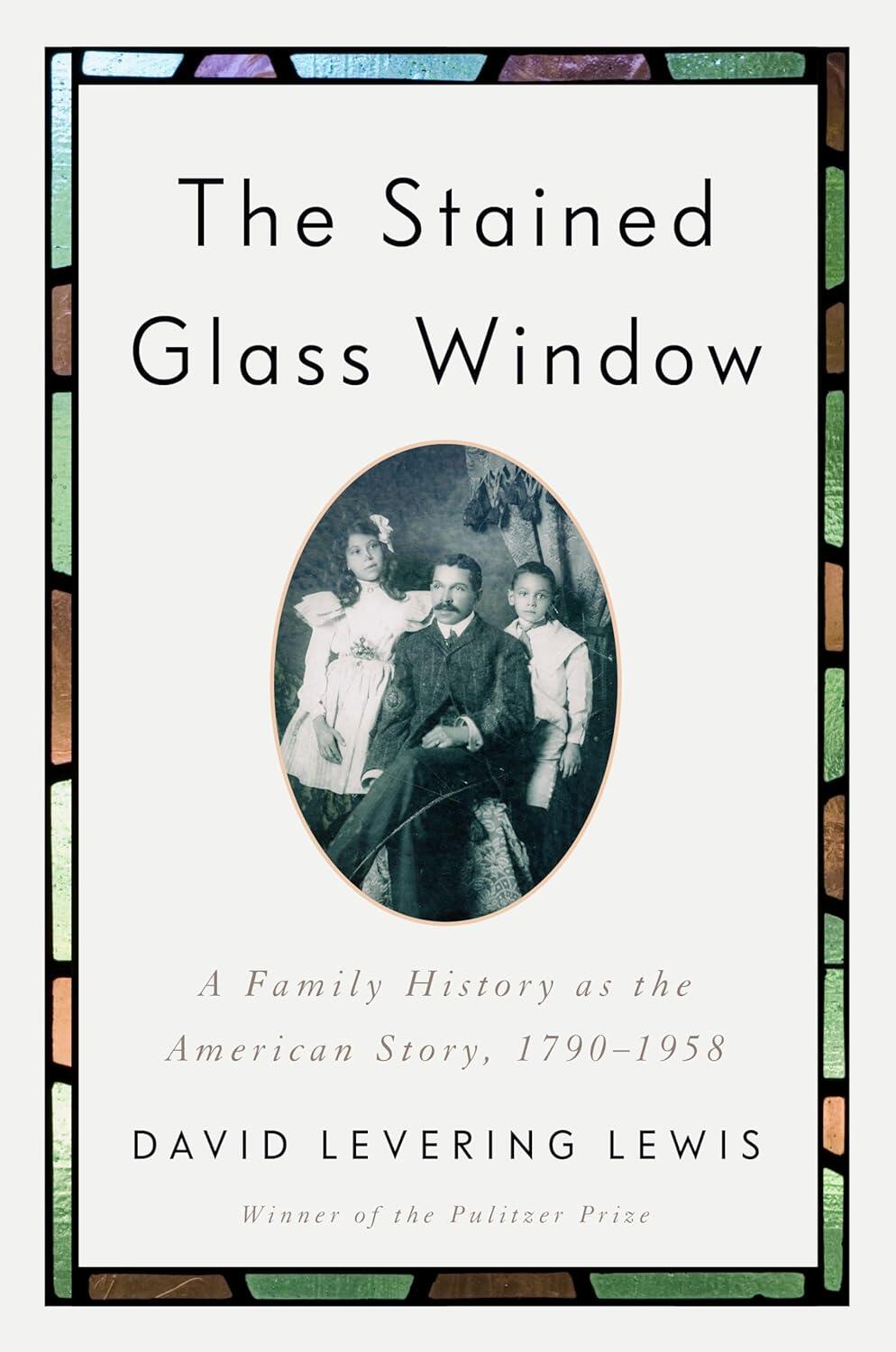
Section Branding
Header Content
The Stained Glass Window by David Levering Lewis
Primary Content
Pulitzer Prize-winning historian David Levering Lewis turns his lens inward in The Stained Glass Window, tracing his family's journey from slavery to the Great Migration and beyond. Hosts Peter Biello and Orlando Montoya explore how personal history and public record intertwine to reveal the deeper currents of the American story.

In this episode of Narrative Edge, hosts Peter Biello and Orlando Montoya dive into The Stained Glass Window, the latest work from Pulitzer Prize-winning historian David Levering Lewis. The book is a sweeping family memoir that spans from 1790 to 1958, tracing Lewis’s Black ancestors through enslavement, Reconstruction, and the civil rights stirrings of the twentieth century. At the heart of the story is a stained glass window in Atlanta’s First Congregational Church, a tribute to Lewis’s grandmother, that inspired the author to turn his historical lens inward and examine his own lineage.
Through property records, census data, and even DNA testing, Lewis uncovers the lives of relatives like Clarissa King, an enslaved woman who was eventually granted property on Auburn Avenue, and John Henry Bell, a Black businessman whose tragic fate mirrored the economic collapse of Atlanta’s Black middle class. The conversation also explores how shifting definitions of race, societal pressure, and educational opportunity shaped Lewis’s family story and mirrored the broader currents of American history.
With portions recorded before a live audience at the Atlanta History Center, this episode offers listeners a thoughtful discussion about how deeply personal stories can shed light on the nation’s past. With rich historical context and literary insight, Peter and Orlando highlight the narrative power of Lewis’s writing and the value of looking at history through the lives of those who lived it.







